This is a frequently asked question?
This is a FAQ description. Add more detail about this service, such as benefits, appearance, components and value
Whether your student is particularly active, hearing or visually impaired, or developmentally delayed:
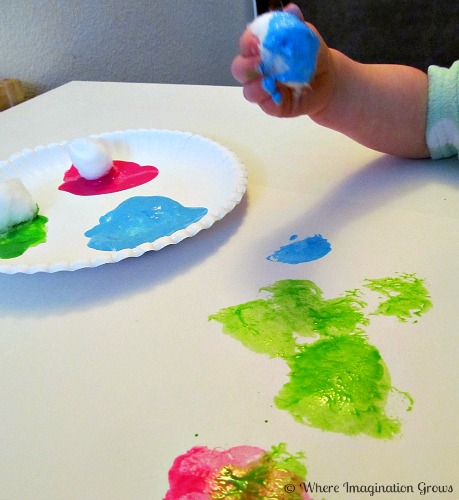
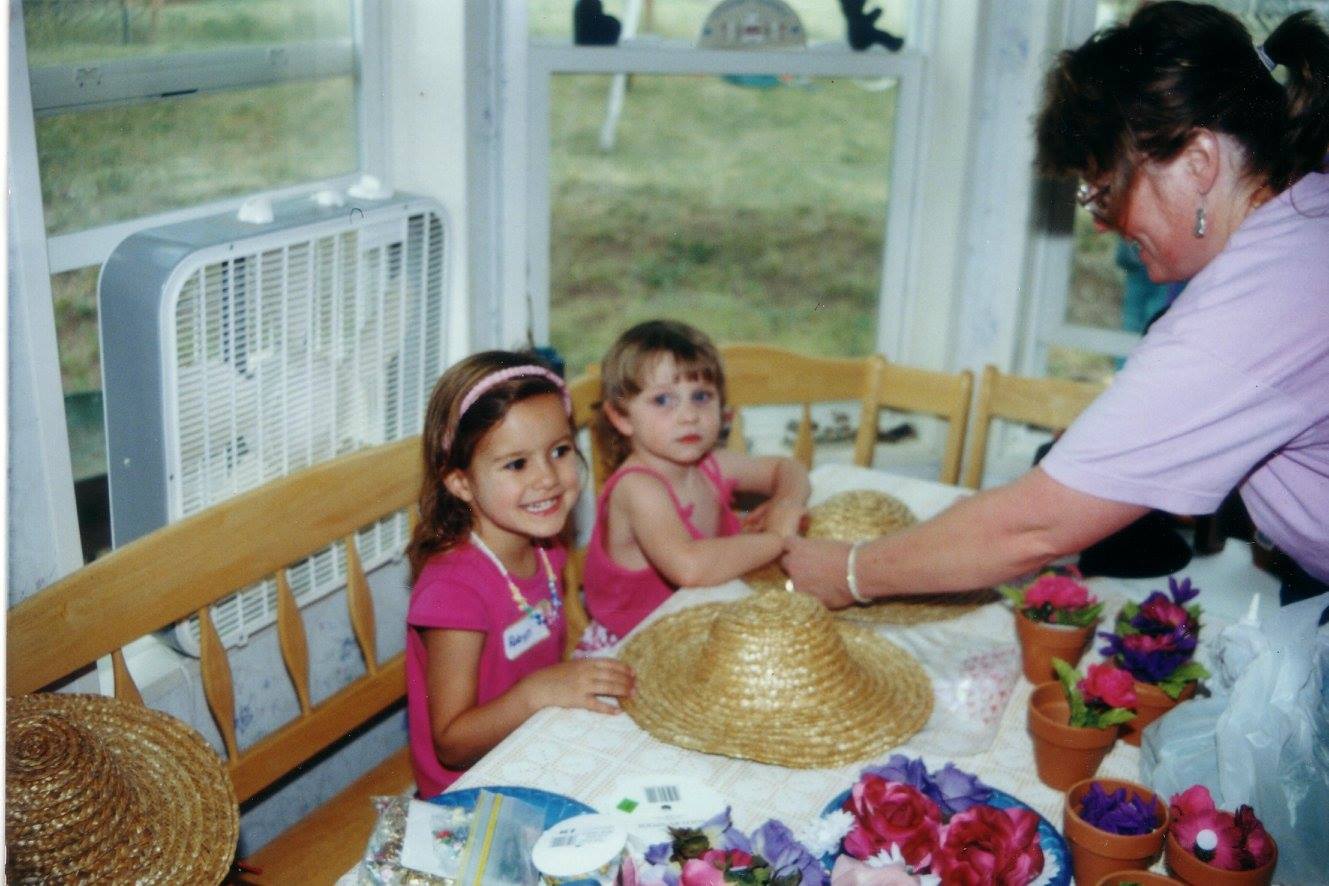
As the Meri Cherry website says: Art with your kids does not have to be scary and it doesn’t even have to be messy. It can be fun, engaging, confidence building, therapeutic and contained. Your kids will thank you for it and you might find out that you are more comfortable with a little mess than you thought.
Presenting the materials on a tray allows the child to access what they need, they can carry their work to their table and easily pack up and put it away when finished. Presenting the materials on a tray makes it very easy for the child to know what they need and focus on the activity rather than collecting supplies. I often did the project the night before so I felt more prepared and that I had everything I would need on the tray. Trays will also make for easier clean-up.
Plan an fun adventure to discover how to creatively use their supplies and tools and how to combine them for an exciting experience. Sometimes the combination doesn't work the colors get muddled or the textures and layers don't come out but YOU HAD FUN exploring. Focus on enjoying the experiment and only display their art if they are proud of it.
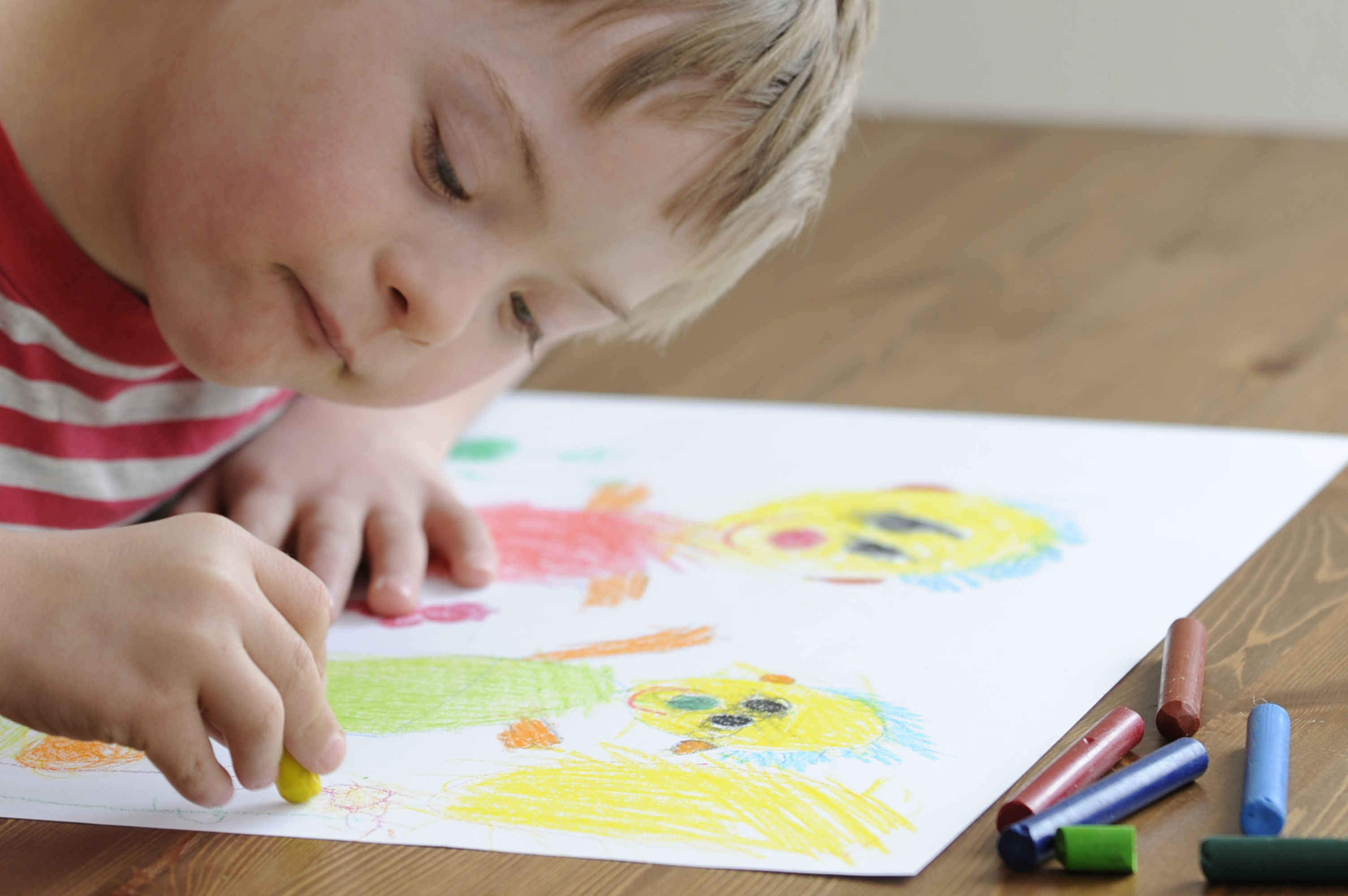
Open Ended Drawing & Direct Drawing
Drawing is a fun way to develop or redevelop writing and motoric skills. But to a child drawing is not meant to be just pencil marks on paper, you have to combine it with other forms of art and give the line some flair!!
As soon as your toddler can hold a crayon comfortably, he's ready to scribble with it. By giving him plenty of opportunities to doodle to his hearts content, you can help him develop strength and control in his fingers now — and eventually, help him understand that marks and lines can represent objects, shapes and letters. Some say that drawing allows us to take the line out on a stroll. I kind of like that because it sounds like the beginning of an adventure of exploring with drawing tools and supplies. Practicing drawing helps train the eye to see what is really there and not what you presume to be there. Drawing helps train the hand to be comfortable with using, um, drawing utensils. Drawing is easy to start and stop- it can be done anywhere, at any time. You don’t need a big space or fancy setup to draw; you just need to be willing to do it.
Tracing and Drawing Worksheets
Easy Directed Drawing and Fingerprint Animals
All you need to know about Drawing- Teachers Notes
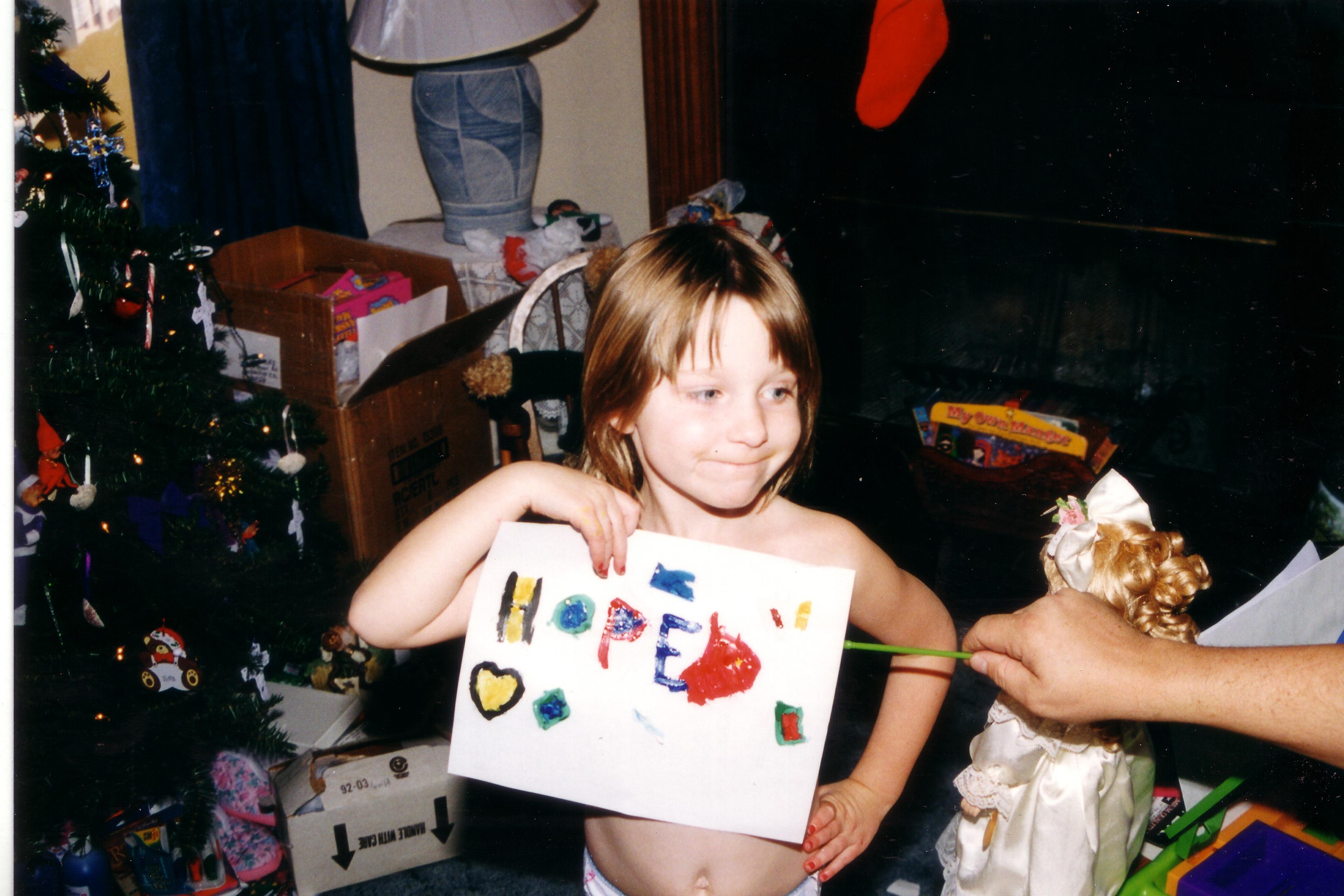
Open-Ended & Process Art
Children are creative entities waiting to release their imagination and transpose it into fun crafts that will keep them entertained and connected with the environment.
Anything that arouses their senses, stimulates their interests and creative juices can trigger their wonderful enthusiasm -which we all adore to watch and surround ourselves with. There are multiple methods of connecting with a child’s creativity but painting has been proven to be a very effective one. Consider teaching your little one how to mix various hues with a sponge or empty tissue paper rolls to exercise their imagination. This way, the idea that one has to stick to a paintbrush in order to create a masterpiece, will be interpreted as a narrow minded way of thinking. Finger painting will enable youngsters to express their true feelings on canvas while teaching them to transfer what they see in the world on to paper, developing their focal ability and enhancing their sense of environmental awareness.
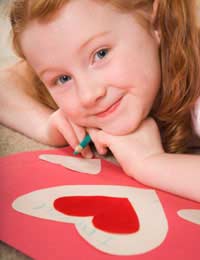
Creative Collage Process Art
I love collage for so many reasons, but mostly because the process is so therapeutic. You can do layer after layer and it never gets old. Plus my shaky hands don't seem to affect the outcome like in drawing and painting. Gluing, snipping, cutting, tearing, and pasting, sticking, or stacking layers…whatever it takes, they all are so exhilarating to me.
However, simple collage is one of the easiest, open-ended, art activities you can offer your child. To me, a collage is a bunch of odds and ends, with a common theme, that were creatively pieced together. It is taking existing materials and putting them together in new ways and creating a "whole" new piece of art.
For toddlers, creating collage is about creating, imagining, and expressing themselves in a playful and explorative manner. There’s no right and wrong in how toddlers create and respond to art.
By taking a step back from directing your child’s play, you can encourage your toddler to explore his world in his own way. This is important for learning and development.

Exploring art skills and art supplies
NO EXPERIECE NEEDED-As babies grow and develop, they are so curious and open to trying new things. Art is an activity that can employ all the senses––sight, sound, touch, smell, and taste––depending on the activity. For example, finger painting with your baby will help her develop her fine motor skills. As she touches the paint and moves it around on the paper and changes the look of the paper, she learns what her hands do and how she can affect the environment (her paper) by moving her fingers through the paint.
Children’s brain synapses fire away as they experiment and create by squishing paint between their fingers, mixing colors & materials, or drawing from imagination or what they see in front of them.
This is a FAQ description. Add more detail about this service, such as benefits, appearance, components and value
This is a FAQ description. Add more detail about this service, such as benefits, appearance, components and value
This is a FAQ description. Add more detail about this service, such as benefits, appearance, components and value
This is a FAQ description. Add more detail about this service, such as benefits, appearance, components and value